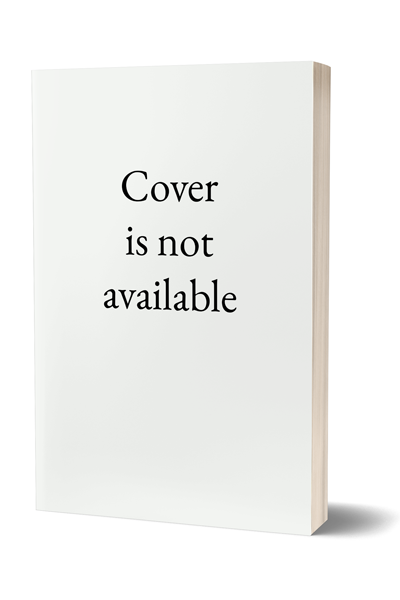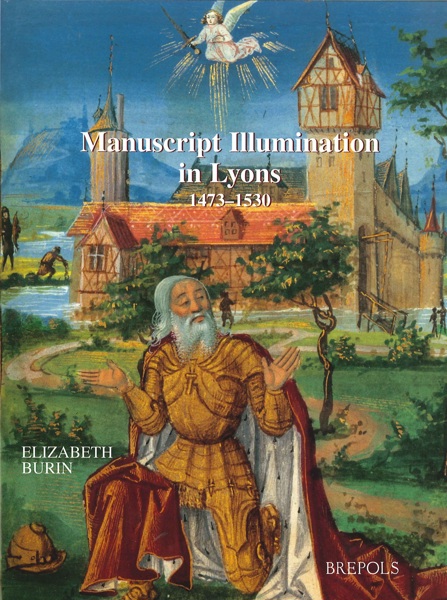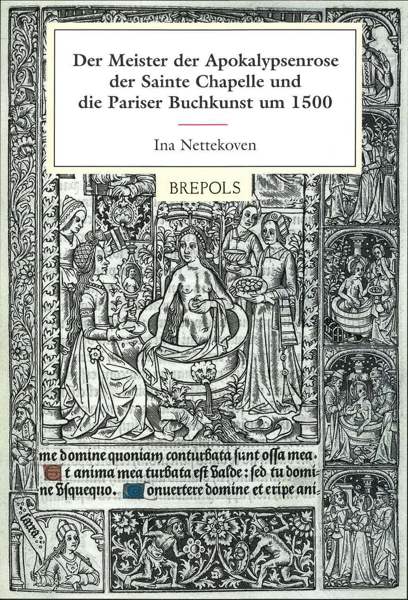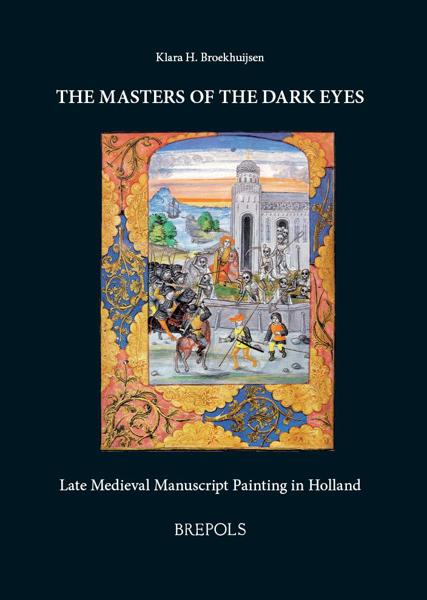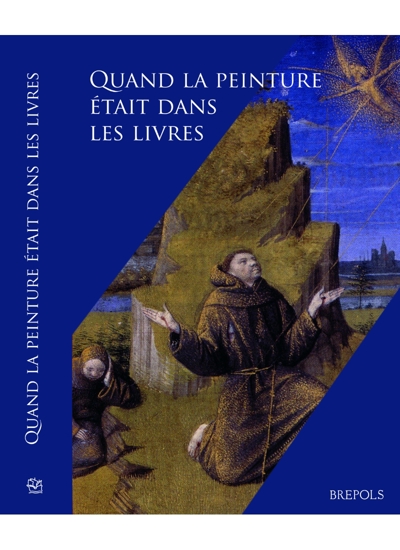
Die Flämische Buchmalerei am Ende des Burgunderreichs
Der Meister des Dresdener Gebetbuchs und die Miniaturisten seiner Zeit
B. Brinkmann
- Pages: 760 p.
- Size:210 x 297 mm
- Language(s):German
- Publication Year:1998
- € 75,00 EXCL. VAT RETAIL PRICE
- ISBN: 978-2-503-50565-7
- Hardback
- Available
(Professor James H. Marrow, Princeton University)
"Ce livre, au titre trop limitatif, renouvelle en fait
complètement nos connaissances sur l'enluminure flamande de
la fin du XVe siècle. C'est un livre passionnant
au surplus, intellectuellement parlant, par l'approche du sujet,
d'une richesse presque décourageante."
(François Avril, Bibliothèque Nationale de
France)
"Dr. Brinkmann has probably seen more Flemish manuscripts than
anyone since the sixteenth century, and his attributions are
wide-ranging, extremely valuable and utterly credible. He has
recreated for us an entire and enourmously important context for
the Flemish booktrade of the late Middle Ages, furnishing dozens of
artisans and illuminators in the workshops of the southern
Netherlands."
(Dr. Christopher De Hamel, Sotheby's Western & Oriental
Manuscripts)
"...eine gründliche monographische Untersuchung, die aus
einer einzigartigen Kenntnis des Handschriftenbestandes dieser
Epoche schöpft. Den im Titel erhobenen Anspruch einer
übergreifenden Darstellung der flämischen Buchmalerei am
Ende des Burgunderreichs löst diese Studie, die seit langem
wichtigste Veröffentlichung zu diesem Thema in deutscher
Sprache, beispielhaft ein."
(Till H. Borchert, Frankfurter Allgemeine Zeitung)
"His [Brinkmanns] book is an invaluable and much-needed contribution that will set the standard for future studies in this still largely underexplored field." (G. Clark in CAA.Reviews, February 2002)
Ein Gebetbuch, das sich heute in Dresden befindet, hat dem vielleicht bemerkenswertesten fl"mischen Buchmaler des sp"ten Mittelalters seinen kunsthistorischen Notnamen gegeben. Als einfhlsamer Psychologe besticht dieser Knstler ebenso wie als temperamentvoller Erz"hler, er gestaltet stimmungsvolle Landschaften ebenso geschickt wie lebendige Genreszenen und ist nicht zuletzt ein begnadeter Kolorist. Von den Zeitgenossen, die oft nur Vorlagen reproduzieren, hebt ihn seine besondere Gabe ab, neue Bilderfindungen zu schaffen. Deshalb bevorzugten ihn seine Auftraggeber besonders dann, wenn es galt, Szenen aus der Antike oder der zeitgen"ssischen Geschichte, entlegene Episoden des Alten Testaments oder eine Dichtung der Christine de Pizan zu illustrieren. Dem Kunsthistoriker Bode Brinkmann ist es in jahrelanger Arbeit gelungen, diesem h"chst produktiven Anonymus ber 60 Werke zuzuweisen, darunter nicht nur illuminierte Handschriften, sondern auch Kupferstiche und kolorierte Federzeichnungen in Frdrucken. In seinem nun vorliegenden Buch l"dt der Autor den Leser dazu ein, mit ihm die F"hrte des unbekannten Meisters zu verfolgen. Die Reise Beginnt gegen 1450 mit der Lehrzeit in Utrecht und fhrt ber Gesellenjahre und das erste eigene Atelier in Brgge sowie einen m"glichen Abstecher nach Gent schlieBlich ber Tournai bis nach Amiens. Nach einigen Jahren in der Hauptstadt der Pikardie ist der Dresdener Meister dann wieder nach Brgge zurckgekehrt, wo er bis gegen 1520 noch mehrere Jahrzehnte lang fruchtbar gewirkt hat. Schritt frr Schritt wird die Rekonstruktion einer Knstlerbiographie. Viele seiner Werke hat der Dresdenerer Gebetbuchmeister ganz alleine geschaffen; in manchen jedoch arbeitet er mit anderen Knstlern seiner Zeit zusammen: mit berhmten Tafelmalern wie Gerard David und Simon Marmion, aber auch mit eine Reihe von Kleinmeistern, die hier zum ersten Mal benannt und charakterisiert werden. Infolgedessen geht die vorliegen

